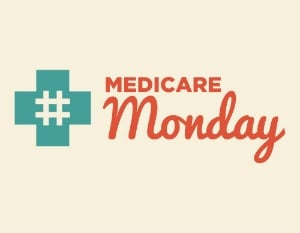
Perhaps the biggest fact that is often overlooked about Part D is that there is already significant price negotiation in the program. Thanks to Part D’s competitive structure, large purchasers often negotiate steep discounts and rebates with prescription drug manufacturers. This robust competition and negotiation consistently keeps costs low for beneficiaries and taxpayers. The Medicare Trustees report negotiated rebates have increased every year of the program and premiums have remained stable since 2011. In fact, average monthly premiums are expected to decrease in 2018.
Yet some continue to call for changes to the competitive structure of Part D with proposals that could reduce access to medicines, reduce choice and restrict coverage for beneficiaries. Here are some quick points on why these proposals are bad for Part D and the more than 42 million seniors and people with disabilities that rely on it:
- Government negotiation in Part D wouldn’t reduce patient costs without limiting access to medicines
Changes to the program that would give the government authority to interfere in negotiations between manufacturers, PBMs, and plans would undermine the competition already occurring in the program. The Congressional Budget Office (CBO) has actually evaluated whether the government would be able to negotiate lower prices than currently negotiated in the program and found that government negotiation would have a negligible impact on Part D spending unless the government also restricted access to medicines.
- Creating a national formulary in Part D threatens patient access to medicines
Empowering the government to set a one-size-fits-all national formulary for Part D beneficiaries would jeopardize access to medicines for America’s seniors and people with disabilities. A recent analysis by Xcenda looked at the Veterans Affairs (VA) program, a program that relies on a set formulary, to see how it compares to coverage offered by Part D and found that Part D plans covered an average of 81 percent of 25 new first-in-class therapies, compared to just 12 percent covered by the VA. That’s a significant restriction in the number of medicines available to patients.
- Imposing price controls could reduce innovation and, as a result, life expectancy of beneficiaries
Some have suggested the government should have the authority to set drug price controls in Part D, overlooking how this change would disincentivize private sector investment in critical research and development for unmet medical needs. Recent research sought to determine how price controls would affect Part D. In analyzing the impact of implementing VA-style price controls in Part D, the study concluded that such a change would reduce life expectancy by almost 2 years and significantly shrink the drug development pipeline by as much as 25 percent. Furthermore, the CBO reports that Medicaid-style rebates in Part D could stifle innovation for breakthrough treatments for conditions like Parkinson’s, arthritis and osteoporosis that disproportionately impact the elderly.
Limiting patient access to medicines contradicts the spirit of Part D and the value beneficiaries get from the program. As the program enters its second decade, America’s seniors and people living with disabilities must continue to be able to rely on the successful structure of Part D to provide access to the range of medicines they critically need. Learn more about Medicare Part D and the program’s successes, here.




